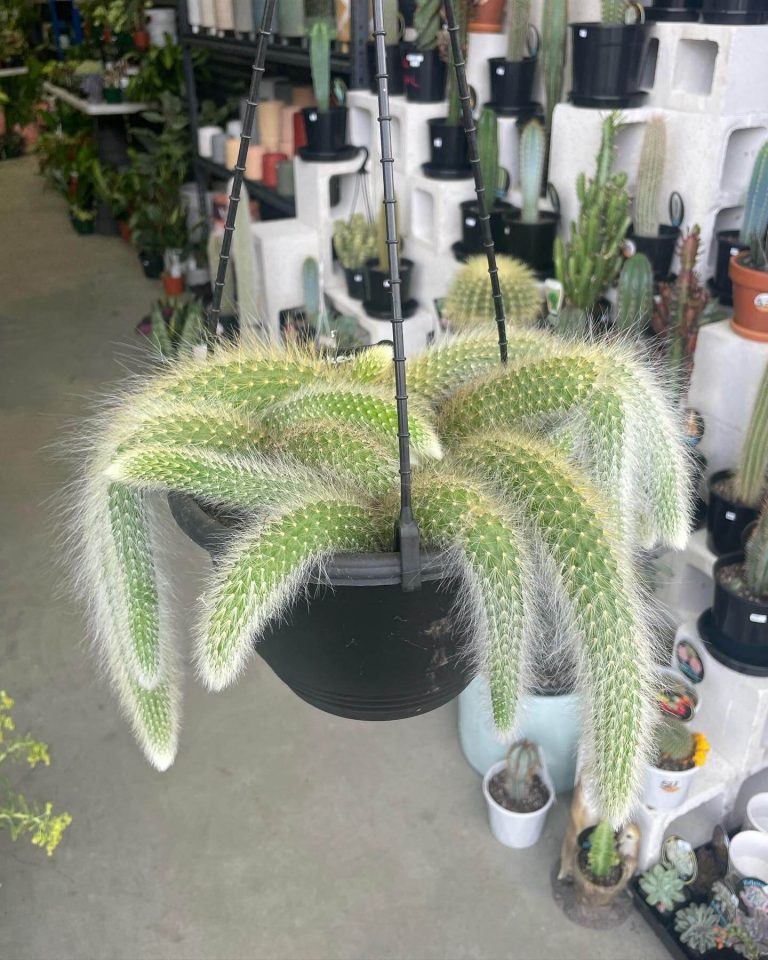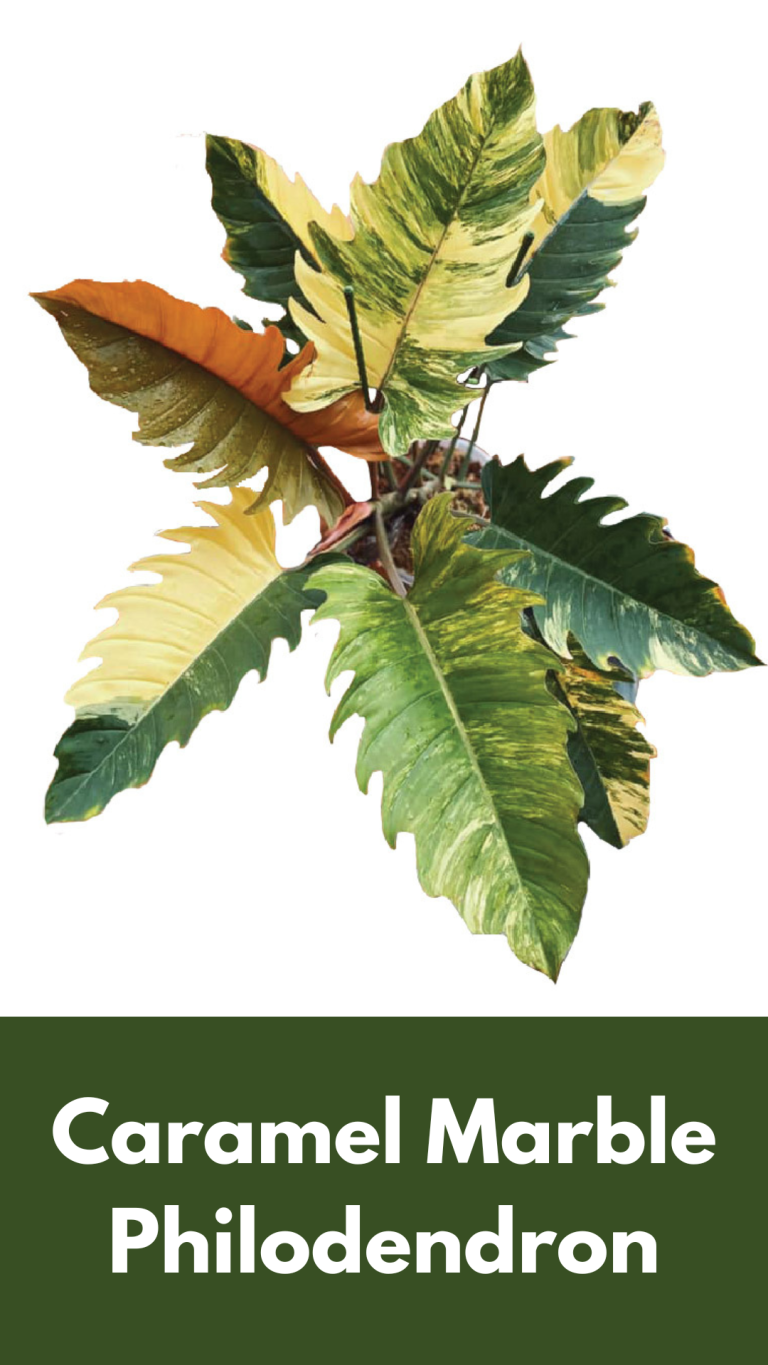Chicken Gizzard Plant
The chicken Gizzard Plant also known as Iresine in English is a beautiful foliage ornamental plant native to South America. During the 70s, there was a fad of planting this beautiful shrub in terrariums. Isn’t that amazing? This fad also explains its tranquillity. Are you excited to learn about the Chicken Gizzard Plant in detail? I know you are!! So – Without further Ado, Let’s dive into it.
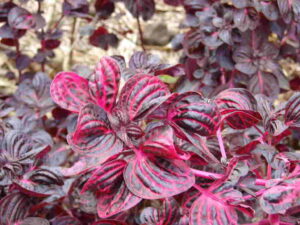
The plant is perennial with purple-red foliage and a pinkish-red stem. The leaves are glossy, upright and the plant is erect. It has spreading nature that can reach up to 1-3 ft tall and 1-3 ft wide and can be grown both indoors and outdoors. The plant is easily adaptable in all kinds of baskets whether it is Hanging, Plastics or Mud Baskets. This is grown in garden beds where it adds an amazing centre of attraction with its beauty.
The plant produces a large number of leaves which makes it bushy. To produce even more side branches and foliage (Making Bushier), People do pruning of tips. You can keep this plant at the side of your bed also as it thrives in almost all environmental conditions.
Flowering is rare. However, We can see small greenish or white flowers on stems and branches. This plant isn’t grown for its flowers but its striking leaves.
Propagation
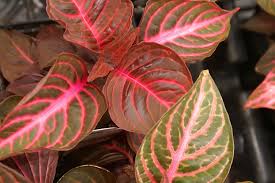
The plant can be propagated by using seeds and cuttings. Softwood Stem cutting is the best way during spring. For that, take stem cutting from branches and dip the cuttings in the rooting hormone. After that, you can grow them in a polybag or water also. After enough roots have formed, you can transplant them to a new pot.
Chicken Gizzard Plant Care
Temperature
They are tropical plants, meaning – they love hot and humid climates. Therefore, Lower temperatures are injurious to them. That’s why it is advisable to keep them indoors during winters. A temperature range of (50-60)°F is considered best for Chicken Gizzard Plant. Temperature below 10°c can cause chilling injury to the plant.
Soil
Deep friable sandy loam soil with almost all pH ranges is suitable. The soil should have proper drainage.
Water
The plant prefers moist conditions. However, The soil shouldn’t be soggy. Watering should be frequent during summer and reduced during the winter. If the plant develops a brown leaf margin with droopy symptoms, it is an indication of low moisture. The plant doesn’t like dry air, So- Misting is necessary to maintain a humid ambience around the plant.
Related Posts:-
Agave Geminiflora: Plant Care, Propagation And Flowering
Narra Tree: Characteristics, Botany, Uses And Harvesting
Calathea Setosa: Plant Care, Common Name And Propagation
Light
Chicken Gizzard Plant thrives in almost all lighting conditions whether it is direct or filtered sunlight. However, Partial shade is best. If the plant becomes leggy and foliage doesn’t produce good colours, It means the plant isn’t getting enough sunlight. If you are keeping it indoors, place it near the window but not too close to the window. (3-5) hrs of filtered sunlight is ideal for this plant. Too much direct sunlight will cause brown leaf edges.
Pruning
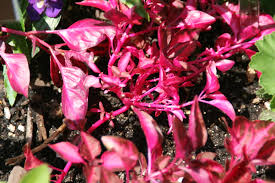
Pruning is the process of removal of dead and decayed branches and branches that aren’t required. It helps to give a proper framework to plants and maintains a good appearance. The Plant is a bushy plant that is grown for its colourful leaves. If you want to produce more and more leaves, pruning is necessary. Also, If the plant is growing lanky or leggy, then – pruning is necessary. Moreover, The pinching of flowers can be done to divert the plant energy for more leaf production.
Repotting
Repotting is necessary when the plant grows too much and roots are exposed out of the drainage hole. This is called the pot-bound condition. Repotting of this plant can be done every 2 years. Take a pot larger than the original and fill it with a potting mixture. After that, Transplant the plant with the original soil. Water it thoroughly. Keep the repotted plant in shade for a few days. After that, It can be placed in a normal location.
Fertilizer
During summer and spring, you can give fertilizer every 2 weeks and fertilizer isn’t needed during the winter as the plant is in a dormant phase.
Pests and Diseases
The good thing with this plant is, You don’t have to face more pests and disease problems. However, You might occasionally find Aphids, Mealybug and Scale insects. Therefore, It is recommended to spray neem oil at a regular interval of one month.
Conclusion
Thus – The chicken Gizzard Plant is a beautiful gift from mother nature. You can grow this plant with less care. Therefore, You can add this plant to your list. This plant is unique that can add amazing beauty to your garden. Me, As a gardener also loves this. Hope you will also add this amazing plant. If you want to connect with me, You can contact from contact us page.
Related Posts:-

